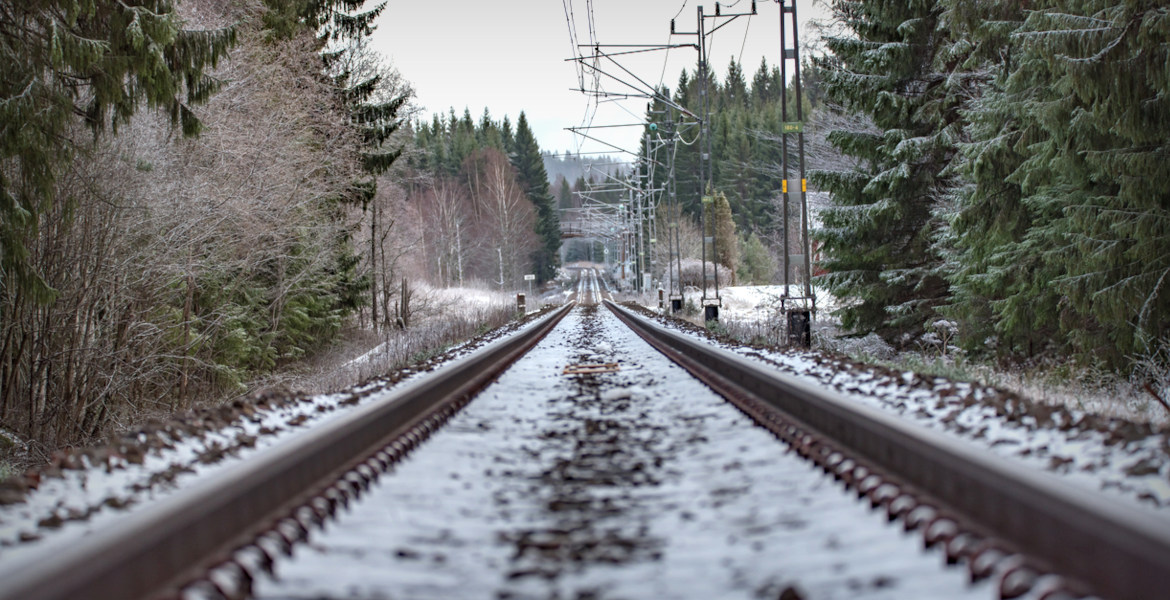The Swedish rail network is experiencing an alarming increase in the number of faults, which is creating major problems for both passengers and freight transport. The Swedish Transport Administration says it is working hard to fix the problems, but despite this, the railways are wearing out faster than they are being fixed.
According to information provided to the Swedish public broadcaster SVT, the number of reported faults on the Swedish rail network has increased to 73,649 in 2024 – the highest level since 2018. These range from torn down contact lines to cracked rails and broken switches.
– We are in a phase where the system is breaking down at an ever faster pace, says Jon Sundh, Head of Department, Railway System Maintenance at the Swedish Transport Administration, to the industry magazine Järnvägsnyheter.

Maintenance Debt Grows
Restoring the railway is currently estimated to cost SEK 91 billion (€8 billion). However, while the number of faults is increasing, the Swedish Transport Administration states that railway maintenance is being intensified.
– Railway maintenance is in high gear, where we are upgrading and replacing everything from tracks to signals on an increasingly large scale and at a faster pace. We are carrying out more measures than ever before, at the same time as more trains are running than ever before, says Jon Sundh.
According to the Swedish Transport Administration, a number of measures are being planned together with train operators and industry players to address the problems.
One ongoing example is the replacement of the entire electrical power plant on the Western main line between Gothenburg and Alingsås, which began in January this year. The work has reportedly progressed so far without major traffic problems.
– We are sharpening both our planning and our production methods to get as much work as possible on the tracks with as little impact on traffic as possible. It is also about developing business forms and industry partnerships. We see that we are gradually increasing our capacity and are on the way to more efficient maintenance, says Jon Sundh.









